Pyline Tangsuvanich
Updated: Oct 24, 2024
The Interior Design Process Explained
In this article, we'll explain everything you need to know about the interior design process and how Layer can help.
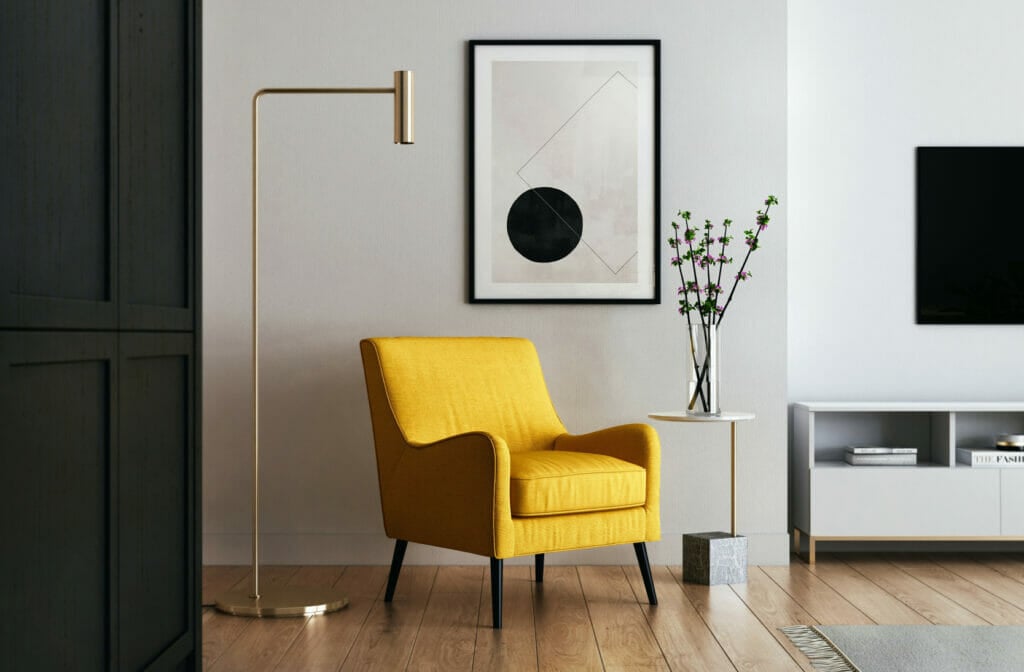
We'll discuss the who, what, and how of the interior design process.
Let's get started!...
First, ask yourself if you've ever felt productive in an office space. Or perhaps you enjoyed the ambiance of a vibrant café, or felt cozy in a cabin in the woods.
Those feelings are the result of great interior design.
What is Interior Design and why is it important?
Interior design is more than just assembling mood boards and picking out fabric swatches for furniture! It is the creation of an interior environment responding to human needs. Interior designers balance a space's function and its aesthetics to make sure spaces are useful and comfortable.
According to a study by the Environmental Protection Agency, we spend 90% of our time inside. That’s a lot of time. This makes interior design important to our well being, health, and productivity.
Who is involved in the Interior Design process?
The interior design project management process typically involves:
Interior Designers
Architects (depending on the scope of work)
The Clients (a developer, owner, prospective tenant)
Consultants (structural, mechanical, electrical, plumbing, lighting)
Furniture, Fixture, and Equipment Vendors (suppliers, installers)
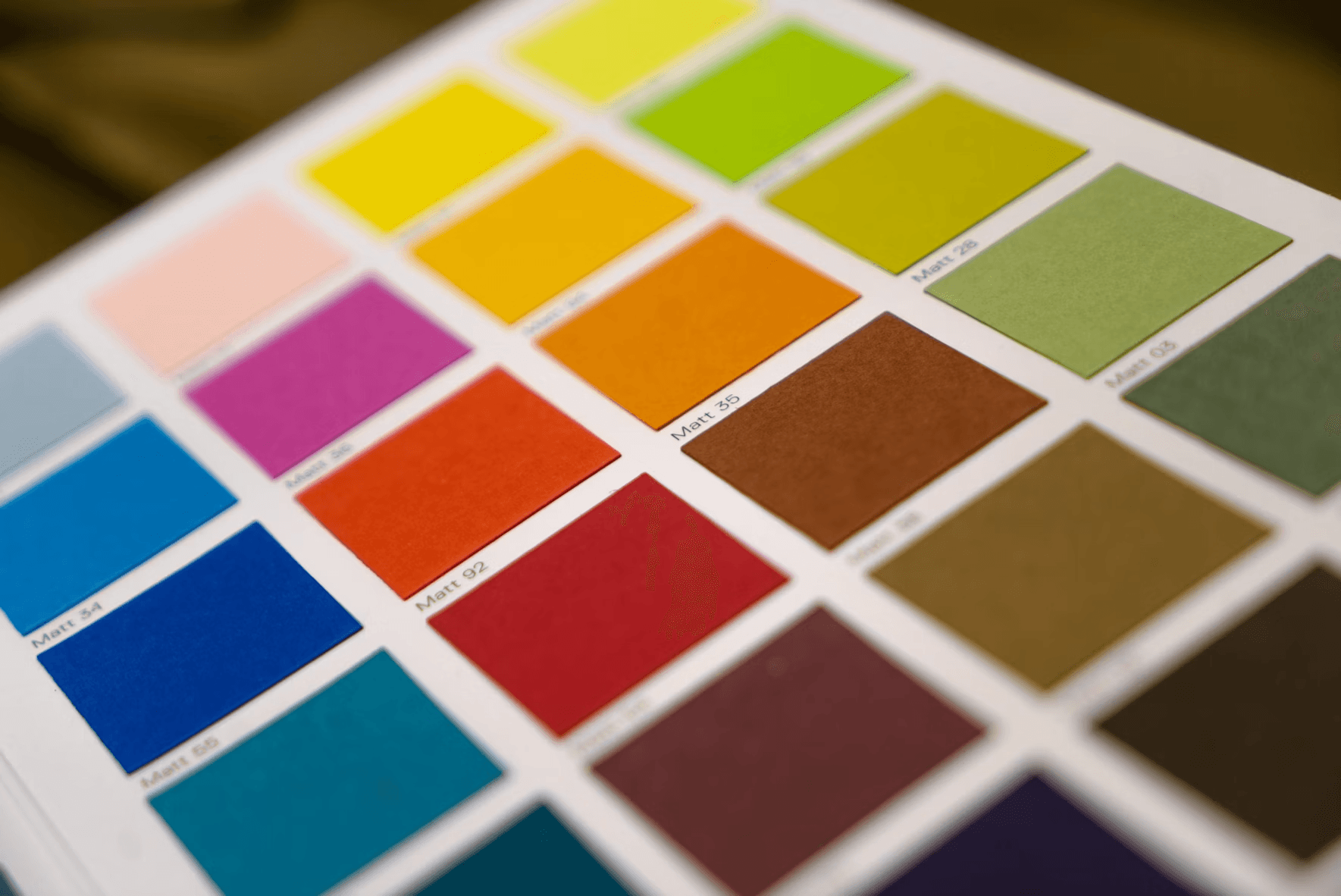
Depending on the size and scope of a project, other project team members may include:
A client’s facilities team that will manage the space upon completion. The facilities team encompasses security, IT, food and beverage, etc.
Landlords, who may need designs to adhere to their building standards.
Environmental graphic designers (EGD), who design a visual wayfinding system. The visual system often incorporates the client's brand.
What types of projects involve Interior Design?
Any building that will have a functioning interior will often involve interior design. Houses, office spaces, institutional projects, museums - they all have interior design. The scope of interior design projects can vary. They include:
Tenant improvement (“TI”) projects involve a space designed for a commercial property.
Remodeling projects are upgrades made to existing interiors.
Adaptive reuse projects are more extensive than standard TI projects. They often involve converting an existing building use and zoning classification into another.
New ground up construction projects may include interior designers to design project interiors. In this type of project, interior designers collaborate with the lead exterior architect.
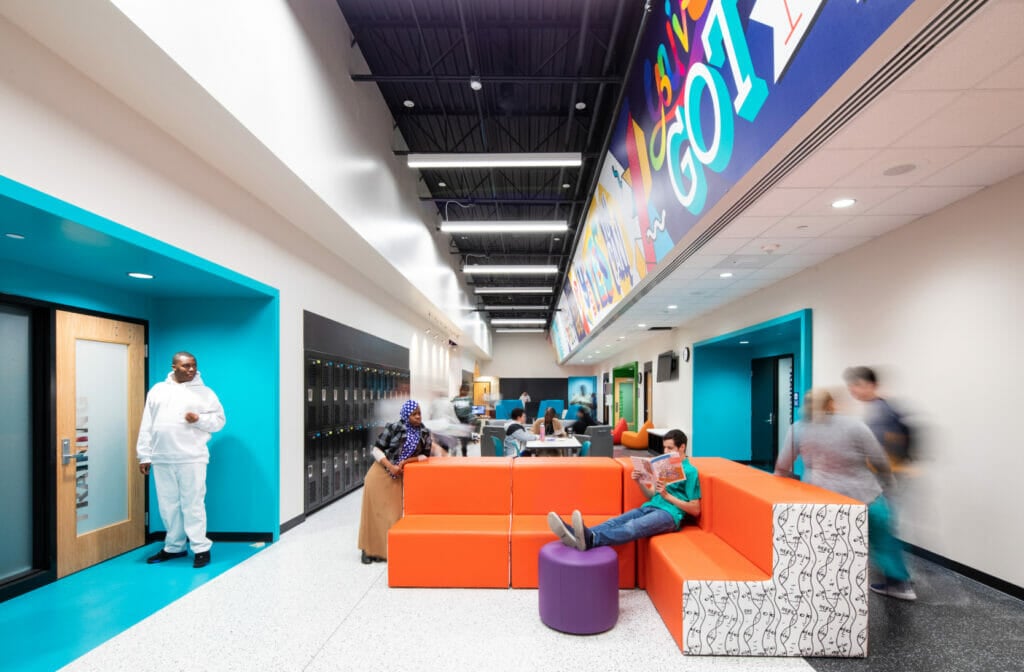
So, what are the phases of the interior design process?
According to a recent survey by the American Institute for Architects, renovation projects make up 50% of projects for firms. Adaptive reuse and interior modifications make up 25% each and tenant improvements make up 18% of those.
We’ll discuss the following interior design process with a focus on commercial tenant improvement projects as an example.
1. Programming
The main goal of the Programming phase is to define the project’s scope of work and constraints.
Different design solutions will be required for the same space depending on its audience and use. For instance, a Fortune 500 company’s needs are distinct from those of a creative studio. This is where programming comes into play.
Programming involves understanding the client’s spatial needs, business organization, and brand. Interior designers conduct work sessions to listen to the client’s project requirements. Clients might share inspiration images during the initial consultation that interior designers can use as a reference point.
The general process, goals, and deliverables of the Programming phase include:
Site visits to take existing conditions measurements and formulate a survey report
Verification of an existing model or creation of a new 3D model for the basis of design
Sessions with the client and stakeholders to understand their vision and requirements
Creation of a schedule and scope of work document
Definition of room types and target square footages in a programming spreadsheet
Sketching of preliminary space plans and bubble diagrams
While there isn’t a concrete design created during this first phase of the interior design process, there is a multitude of information collected that will inform the following phases. Layer can help organize data in the Programming phase.
You can use Layer to create a programming spreadsheet of room types to outline the inspiration and functional requirements of each space.

2. Schematic Design
The main goal of Schematic Design is to explore design solutions through test fits.
A test fit is a floor plan layout that confirms the location and size of spaces for the project. Unlike bubble diagrams, test fits are drawn to scale. They help the client visualize a potential solution to their design problem. Interior designers walk clients through the test fit to ensure room adjacencies and sizing meet their needs.
The final test fit is often attached to the lease agreement between the tenant and the landlord.
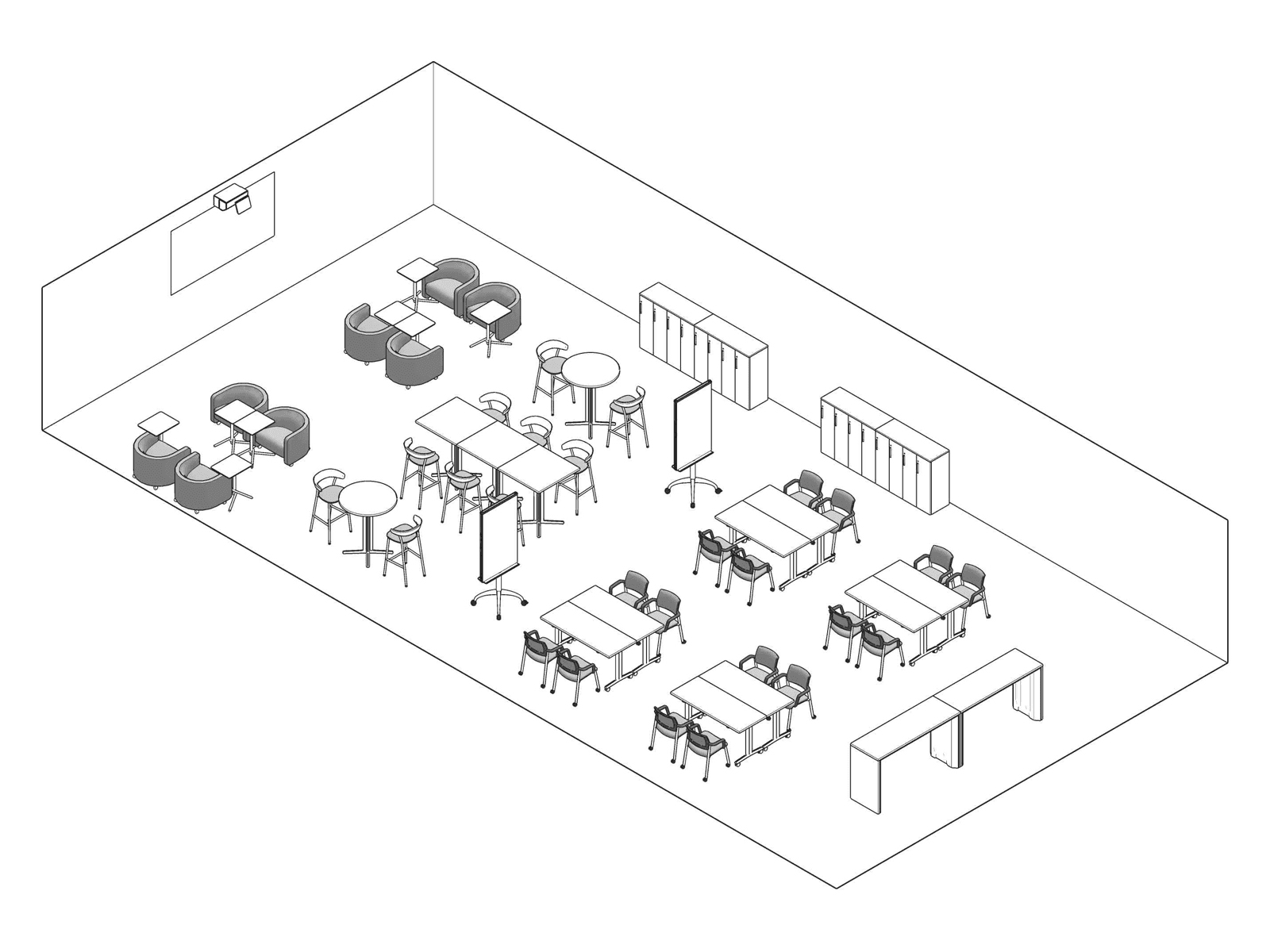
The general process and deliverables of Schematic Design include:
Develop concept boards to show the “look & feel” of the space
Create test fit options and corresponding programming sheets
Portray spatial relationships through schematic interior renderings
Provide an initial cost estimate to the client
Present to the client and landlord for their approval
What’s great about Layer is that users build upon the workflows they set up.
Remember the programming spreadsheet we showed you previously? You can layer in more detail, like mood board images, and create a templated Room Data Sheet from that spreadsheet. Room Data Sheets are an excellent way to visualize and present your spreadsheet data to your client. This will save you time from manually assembling presentation images in another platform.

3. Design Development
The main goal of Design Development is to narrow in on a solution and dive into the design details.
In Design Development, the client and interior designer agree upon a single direction. The approved test fit and mood board from schematic design serve as the starting point.
Some aspects of the layout and design may shift as interior designers layer detail into the drawings. Keeping the client in the loop through frequent design review meetings enables the design team to solidify the project elements before the Construction Documentation phase.
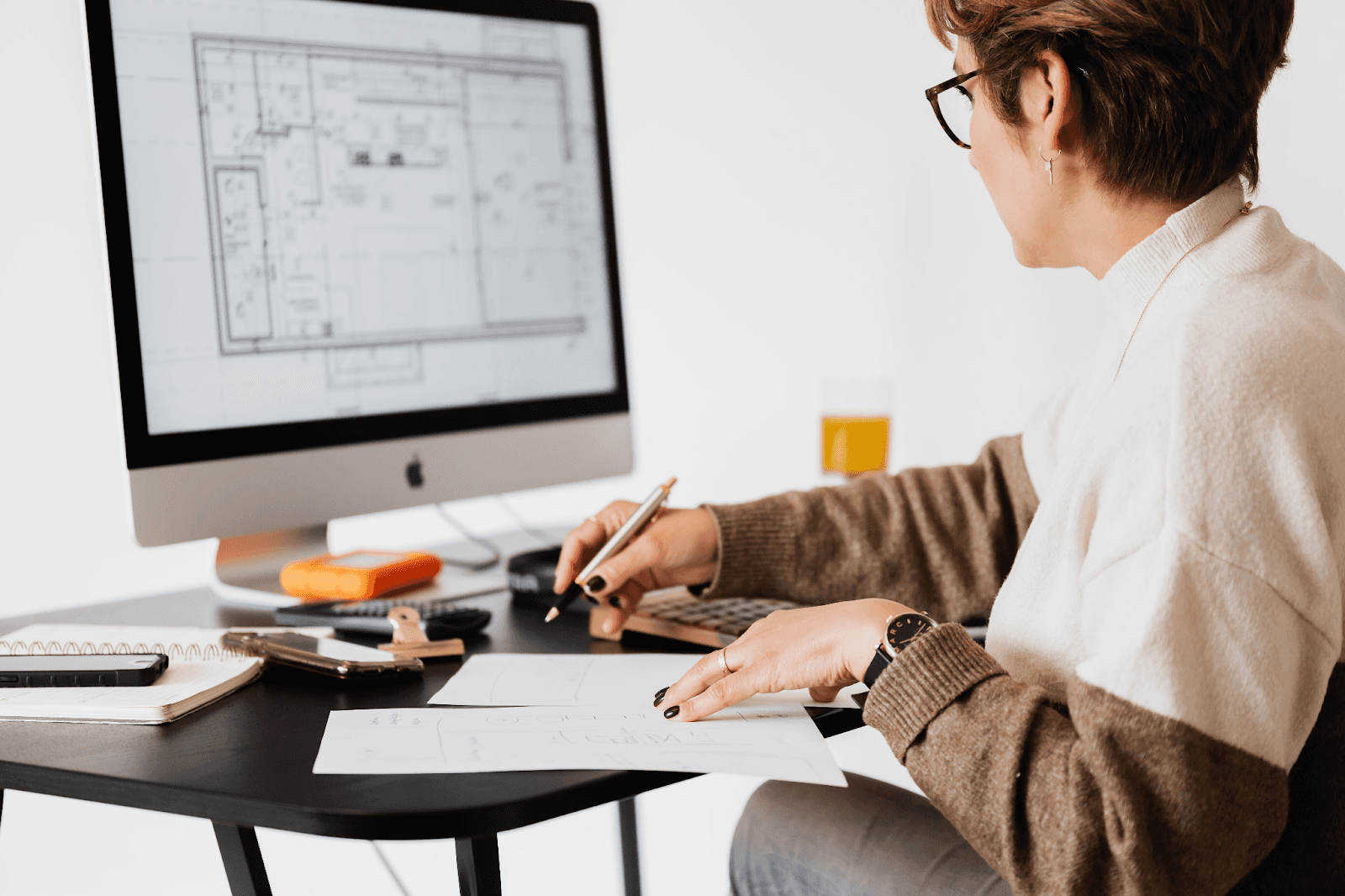
The general process and deliverables of Design Development include:
Develop floor plans, furniture plans, interior elevations, reflected ceiling plans, details
Assemble FF&E specifications and schedules
Create detailed interior renderings and work with EGDs for branding
Coordinate with consultants (structure, MEP, life safety)
Present design to client for sign off before the next phase
Provide an updated cost estimation
Layer assists with Design Development in a few ways:
The FF&E template is a database enabling designers to store their information in a single place.
Documenting meeting minutes is crucial to confirm design decisions and changes.

4. Construction Documents
The main goal of Construction Documents is to assemble the final documentation set for bidding and the construction phase.
The final documentation set has several drawings, schedules, and visuals used for pricing and the realization of the space. Interior designers coordinate the set with consultants and review drawings for quality.
The length of the documentation set will vary depending on project type and complexity. It is common to conduct page-turn meetings with the client to review key drawings from the set for their approval.
If the client is not attuned to reviewing construction drawings, simplify the drawings and annotate areas that need more attention. This will ensure nothing falls through the cracks.
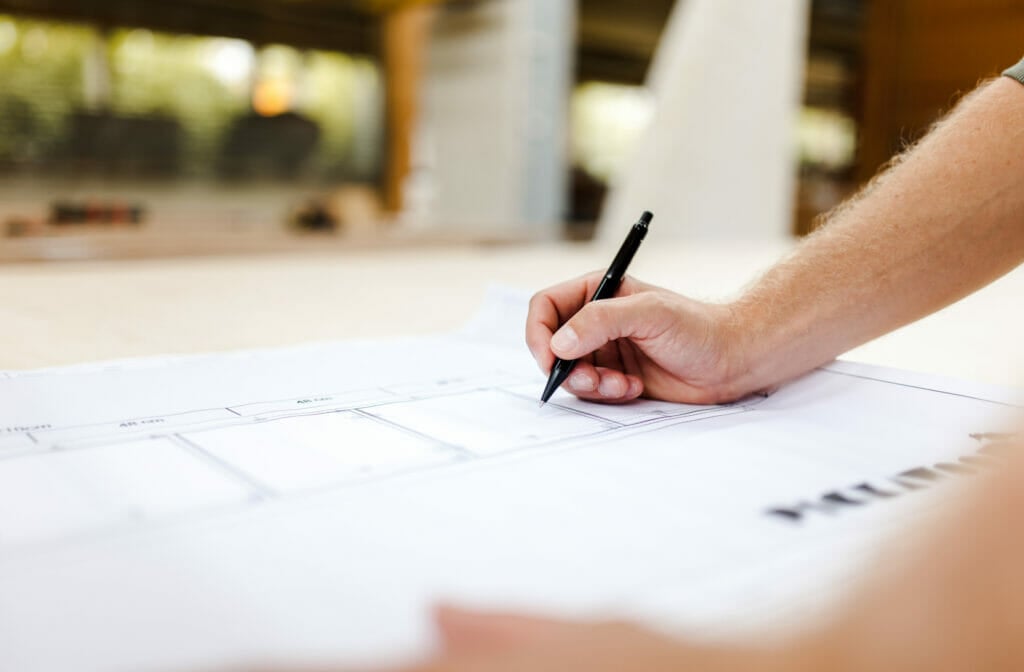
The general process and deliverables of Construction Documents include:
Conduct page-turn review meetings with clients
Provide a completed and coordinated set of construction documents to the tenant and landlord for approval
Share the final construction documents to prospective GCs for bidding
Issue construction documents to permitting authority for review and approval
During this phase of the interior design process, Layer is great for:
Redlining in progress sets in the PDF viewer in real time during client meetings.
Responding to general contractor’s RFI’s during bidding and ensuring your responses are kept in one place.

5. Construction Administration
The main goal of Construction Administration is to support the bidding, construction, and close out of the project.
At this stage, the project is almost at the finish line and ready for the clients to move in. During this final phase of the interior design process, interior designers are in the field. They are answering contract documentation or questions and finalizing deliverables for project hand off.
Client management is critical at this final stage. Clients may grow anxious and inquire about construction updates.
Rather than be reactive, interior designers should be proactive and keep clients in the loop as the project comes to life. If possible, walk clients through the space with the proposed floor plan as a guide. It’s an exciting time when drywall goes up and the interior starts taking shape.
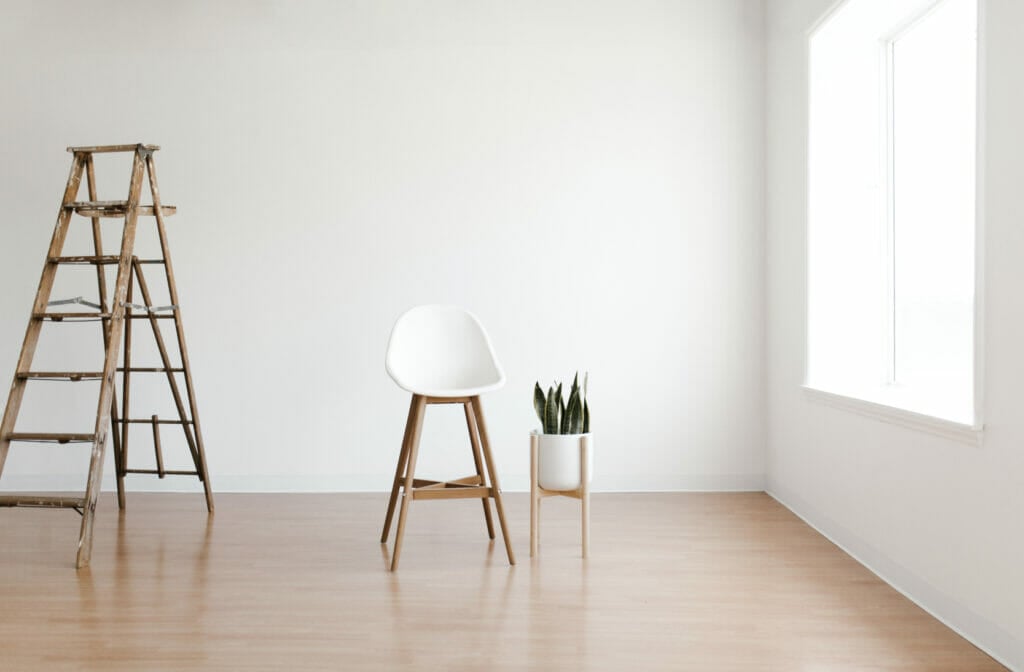
The general process and deliverables of Construction Administration include:
Obtain bids and secure permit
Create and answer any RFIs from the construction team
Conduct a punch list walk through of the space
Review submittals from sub-consultants
Issue photos and updates to clients via e-mail
Collaborate with vendor for procurement & installation of materials
Revise the 3D model and produce as-built drawings (if required by client)
Handover project documents to client and building operations team
Generate a post-occupancy evaluation (POE)
Layer helps interior designers cross the finish line by:
Organizing punch list items into action items for the construction crew. Thoroughly explaining and providing evidence of areas that need to be resolved on the job site is critical. By clearly communicating the punch list items to the builder’s team, they can resolve the issues with clarity.

What’s Next?
This is a general framework for executing interior design projects. Every project will have its own particularities dependent on the client, the interior designer, and the existing space.
For those new to interior design, we hope you learned something. For those who are ready to supercharge your interior design process workflow and keep track of your design data, try out our demo.



